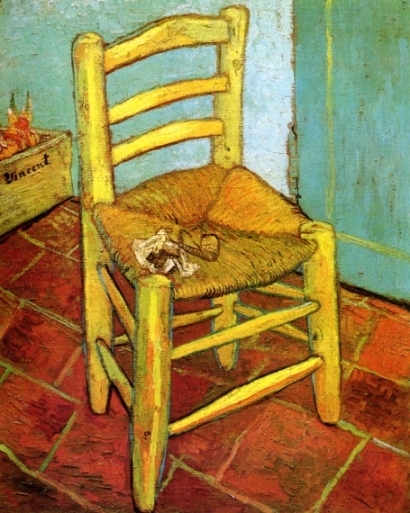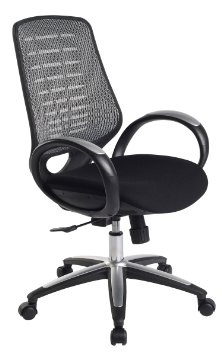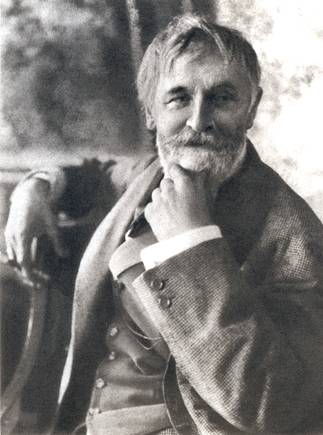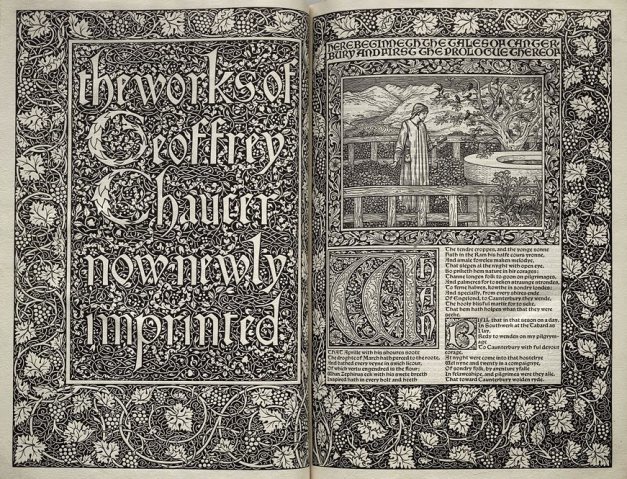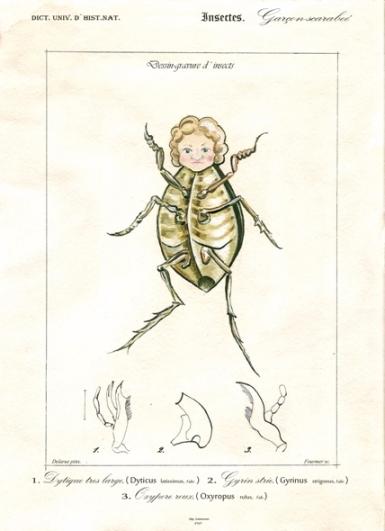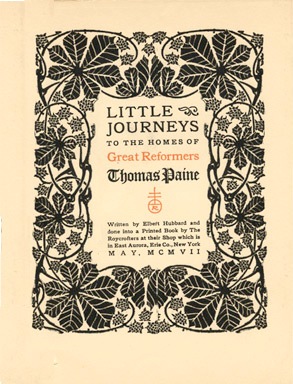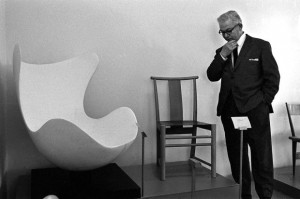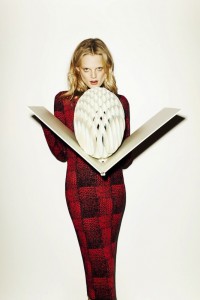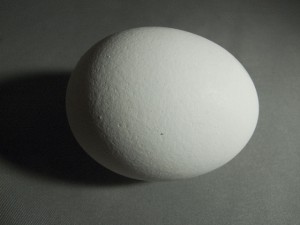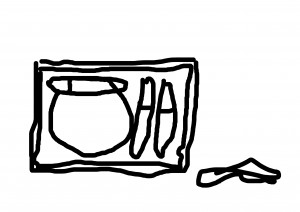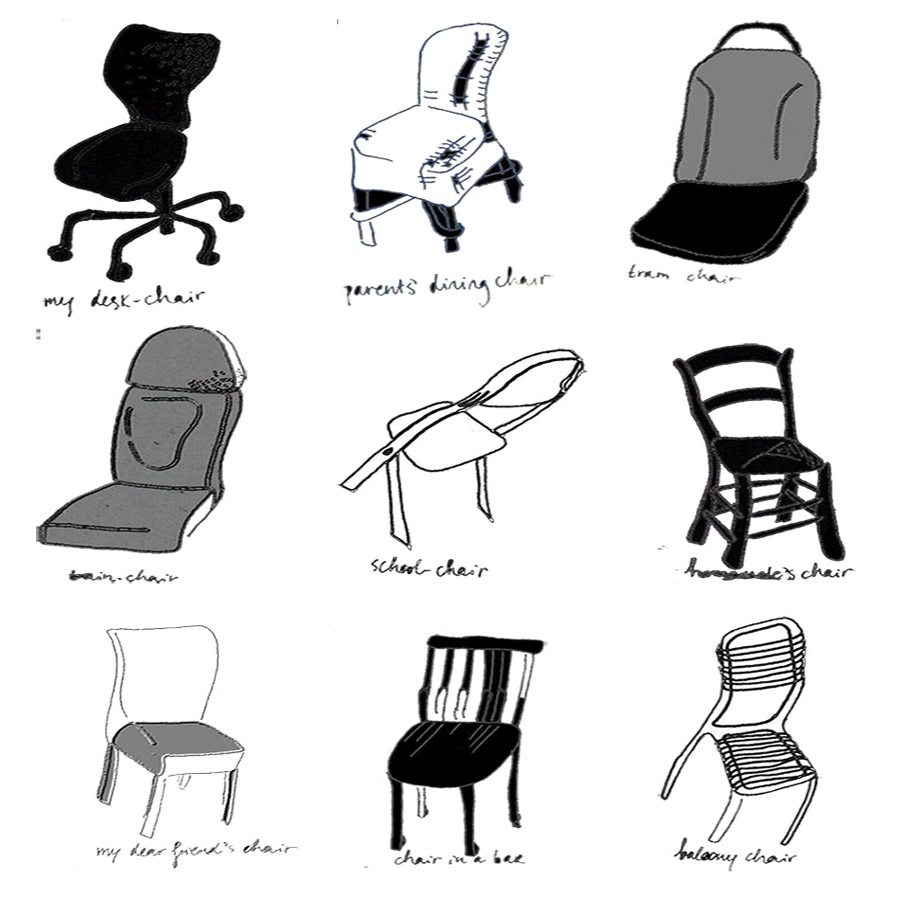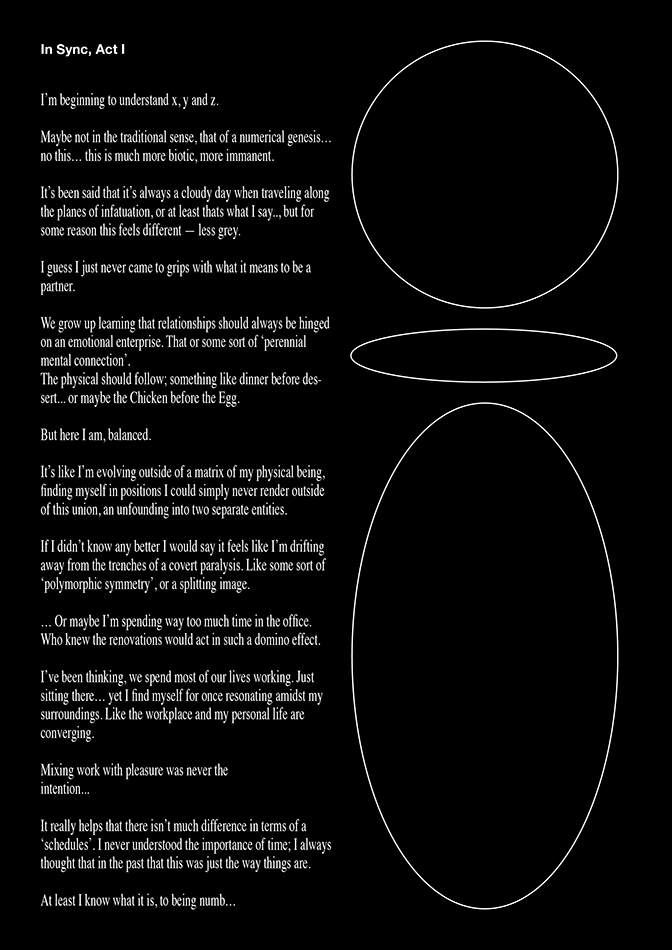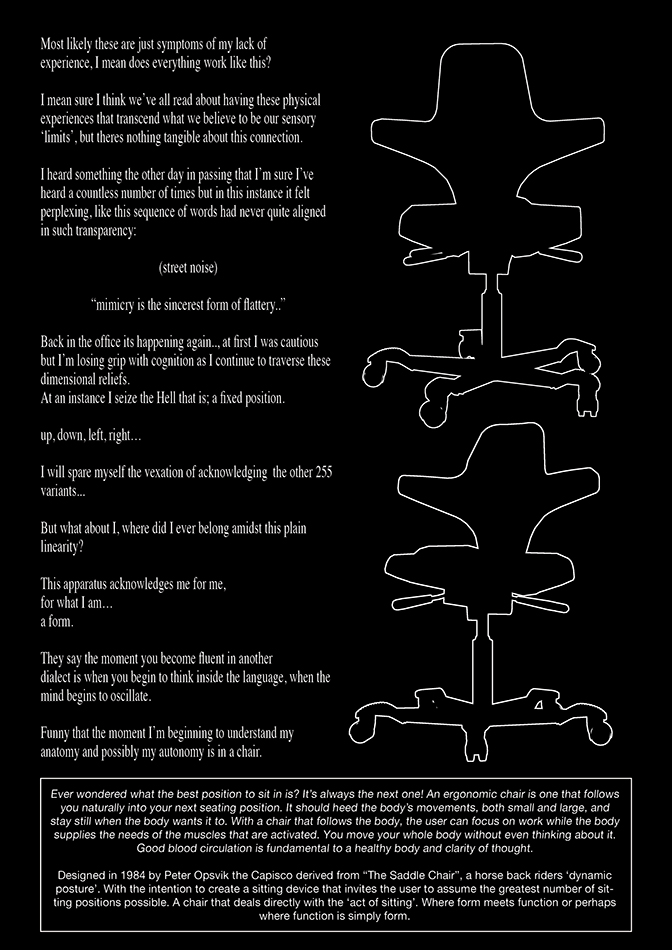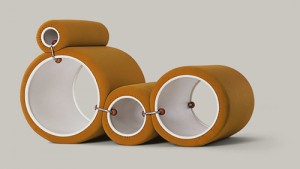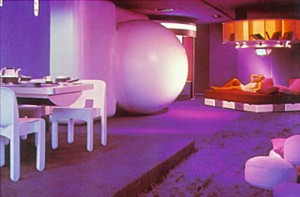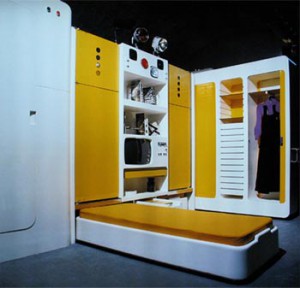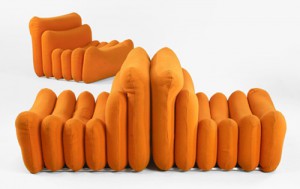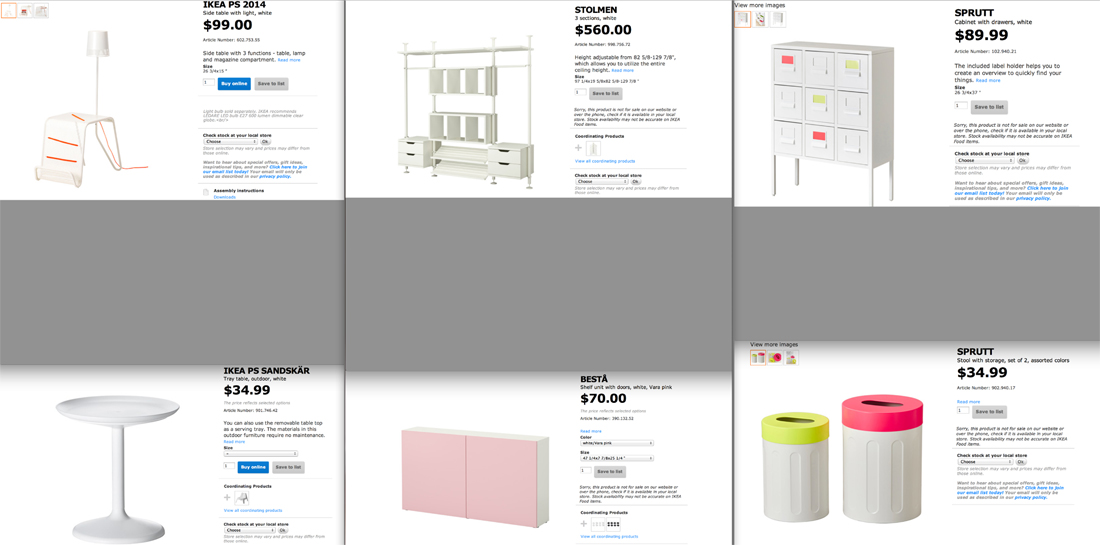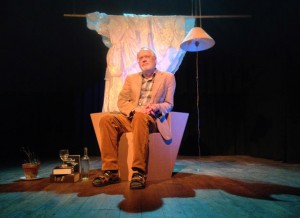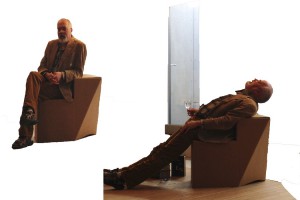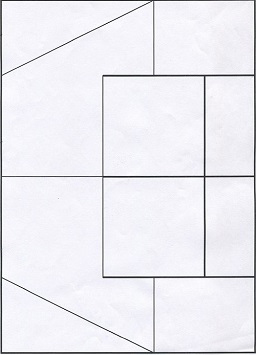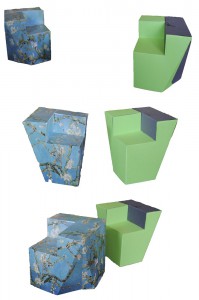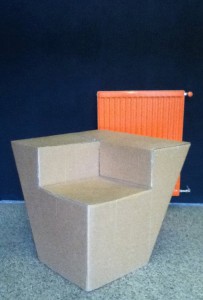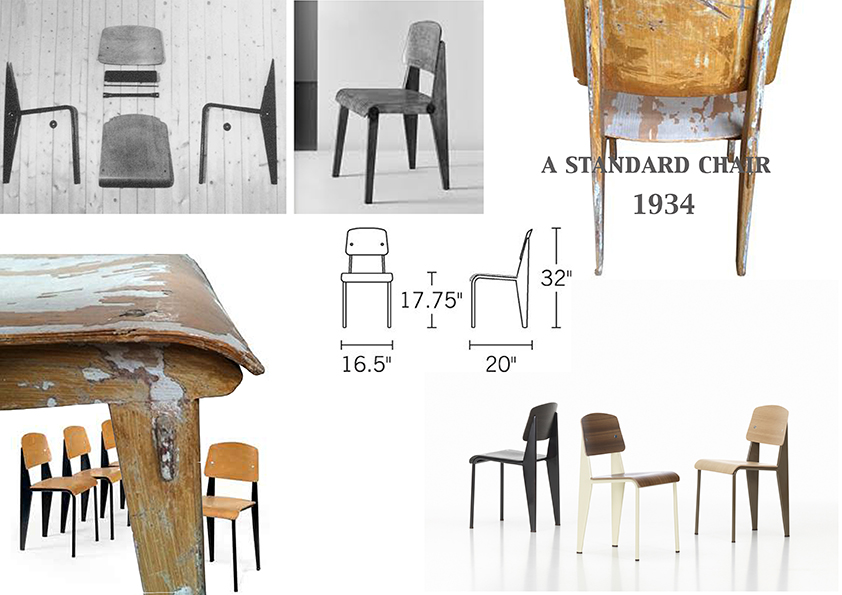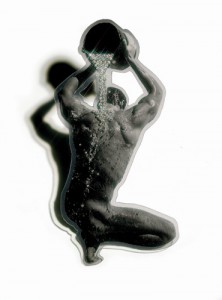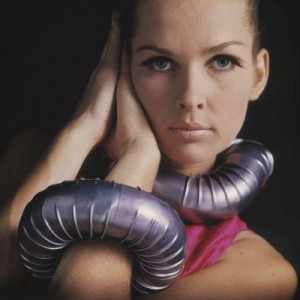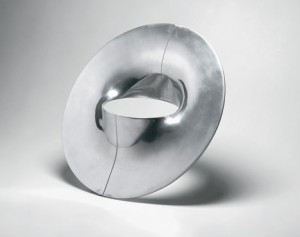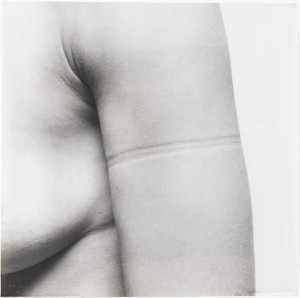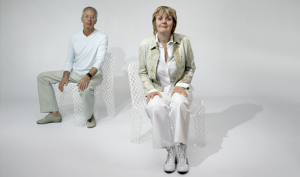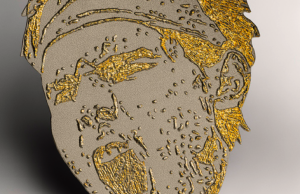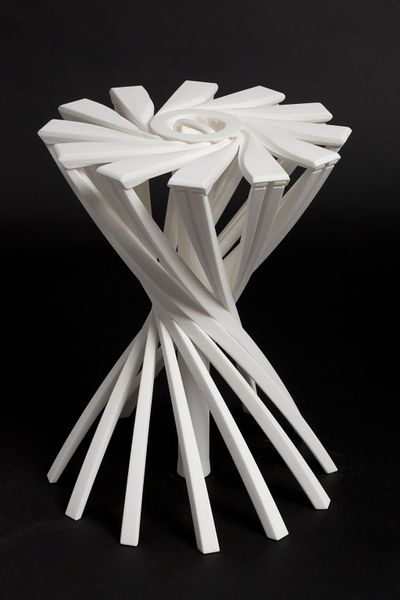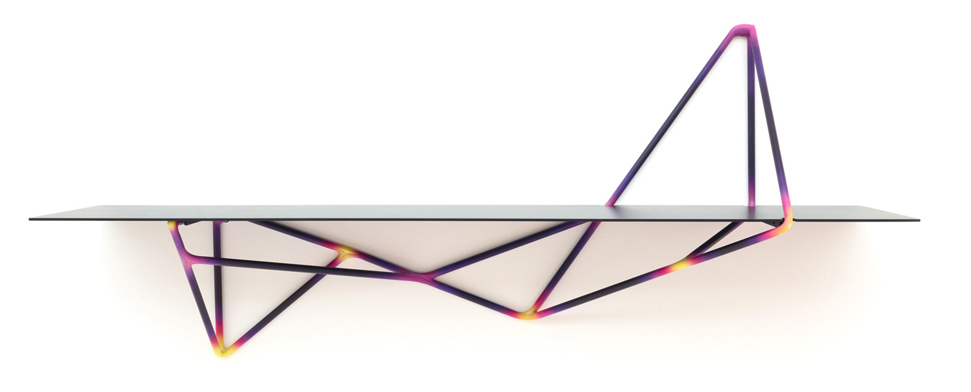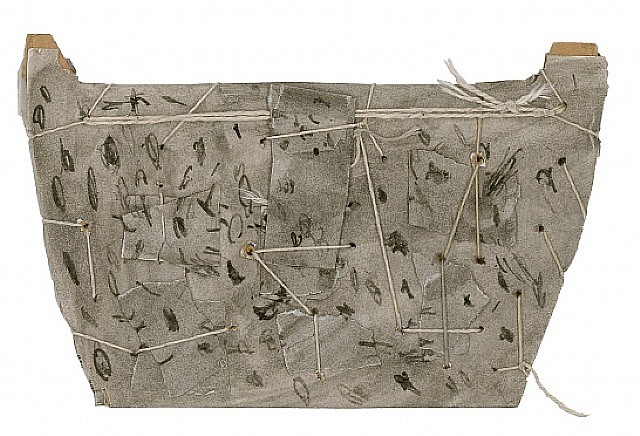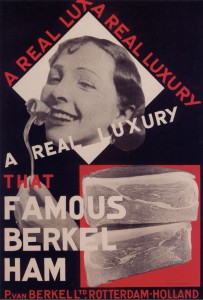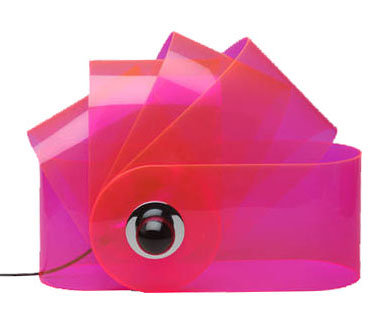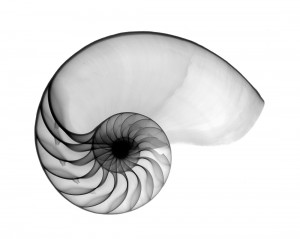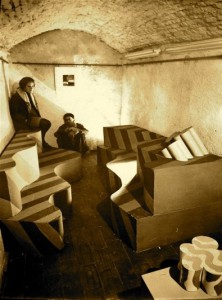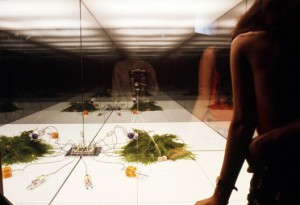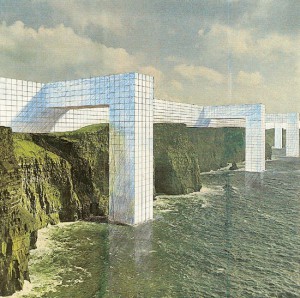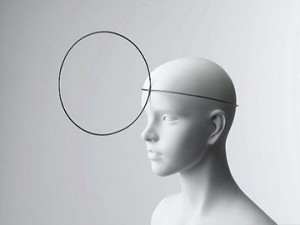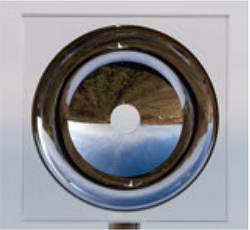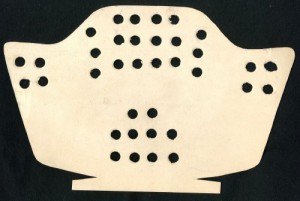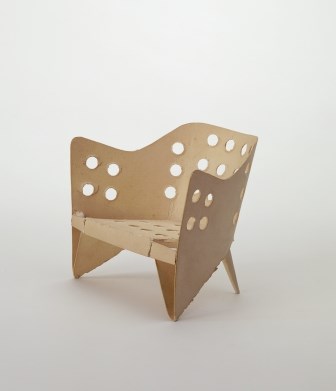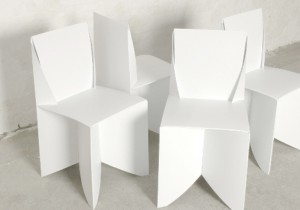So many times I have seen chairs with an adjustable back; but I have never had any ideas where this design came from. To be honest, I was not so much interested in it, because I never liked it. However, when a previous tenant of my flat left a nice rush chair, which looks like a chair from the Van Gogh painting, I suddenly became more interested in it. I was wondering if I had this almost original Van Gogh chair, a chair of one of my favorite artists, or at least a copy of it.
Than I saw this rush chair at an chair exhibition and I was wondering again. I tried to get more information in the books and found out that this style was brought into fashion again by William Morris. I have never heard of his name before and became interested. I found amazing the way he looked at the world, how what he was making is directly connected to his perception of life.
Being under the strong influence of medievalism while studying Classics at Oxford University, William Morris became significant figure of revival of traditional British methods of production of the textile. He was also designing wallpaper, fabrics, the stained glass windows and so on. In 1861 William Morris and his friends from the the Pre-Raphalites have found furnishings and decorative arts company Morris, Marshall, Faulkner & Co, which became later Morris & Co. Moreover, Morris was also known as a poet and novelist. In other words, he was a very versatile person and became a role model for me in some way.
Suddenly, reading some book about him, I found information that he was that person, who has created the first chair with an adjustable back, exactly such type of chairs which I did not like. I also found a picture of this chair ,which is called Bird, and was so amazed by it. How it is different from all the similar latest chairs I have seen!
What I liked a lot is that feeling of coziness which this chair gives me. Of course it is very old fashioned and maybe too fancy and frilly, but to me it seems so comfortable and inviting. Usually, I prefer the use of minimalistic shapes and simple colours in art and design. But in case with this chair I feel like if I would have such chair somewhere in my old fashioned library, where I would have the same amount of books as Rijksmuseum does, for example, and where I could feel the specific smell of the books or somewhere on the attic, I would sit on it reading, thinking or just enjoying my sitting. It is making a special atmosphere for me because of the warm colors and a middle age pattern with a lot of small details. All its birds, fruit, flowers create a new world, when you look at it for a while. It reminds me myself at the age of 5-6, watching the illustrations by Russian artist Ivan Bilibin.
They were also quite simple, but because of ornaments it was kind of imaginary traveling to the fantasy world for me. This chair gives me the feeling of infinite calmness. I think that only peaceful and calm person could create it.
While reading about William Morris, I realized that most of the times when I like some artist`s works a lot, I try not to read about this person and don’t see the pictures of his face, because sometimes his biography or facial expression ruins all my perception of his art and then I do not like it anymore. However, it did not happen in the case of Willam Morris and I still do not know why.
I found his art so organic and so suitable to his life, thoughts, home and even his face. I could not imagine another person doing such art. I also found him similar with one of my favorite Russian artist and writer of 19th century Konstantin Korovin, who was a good friend of Feodor Chaliapin.
He is the second person of whom I was so happy to read, and who also, in my opinion, did not have any dissonance between his art and his point of view, which was quite similar to William Morris his ideas. Korovin liked the nature and he also was trying to make everything around him beautiful, thinking that natural beauty has a huge influence on people, their lives and behavior.
But continuing about Morris, I found his patterns for wall paper and the book designs so elegant. Once he said: ‘I began printing books with the hope of producing some which would have a definite claim to beauty, while at the same time they should be easy to read and should not dazzle the eye……I found I had to consider chiefly the following things: the paper, the form of the type, the relative spacing of the letters, the words, and the lines; and lastly the position of the printed matter on the page‘.
His book designs are so fairy and detailed, although not readable at all, at least to me. But it inspired me a lot and also reminded some of the old engravings depicting plants and animals. I felt like trying to do something similar, something really small and precise and I drew a silly painting depicting a beetle with a boy`s face. Of course it was not a serious work, but still after seeing William Morris`s works I had a lot of thoughts and ideas in my head, which I wanted to immediately realize.
I found out later (which was quite to be expected) that I am not the only person who was inspired by his book designs. So many people were trying to continue work in this style later. For example, such as the US artists Elbert Hubbard or W. A. Dwiggins, however some of them had not the best reputation. For instance, a daughter of William Morris called May believed that Hubbard was “an obnoxious imitator of my dear father.“
It can be true, but I see Hubbard’s books more readable, although less decorative and precise. Anyway, I think it is not that bad, when one artist creates something inspiring for other artists, who start using or copying this style in their works. It just shows again the ingenuity of the inventor. Especially, talking about William Morris, who has definitely done a lot for arts and crafts in so many fields.
In this research it was very interesting for me not only to get to know more about some subject that was my starting point, but also to see how this subject brings you to something completely different. As I wrote, even if you have no desire of getting more information about something particular, this something can bring you to completely different field which can do affect you. It gives you this possibility to see the same not interesting from the beginning thing, but from the different angle, and then you are more into it.
I still do not know anything about the rush chair, but just because I started searching for information about it, it brought me to William Morris and now I know a lot about him and also about the adjustable chair, which did not had my interest before, but now.Now I know it’s story, I like it as a design product.
